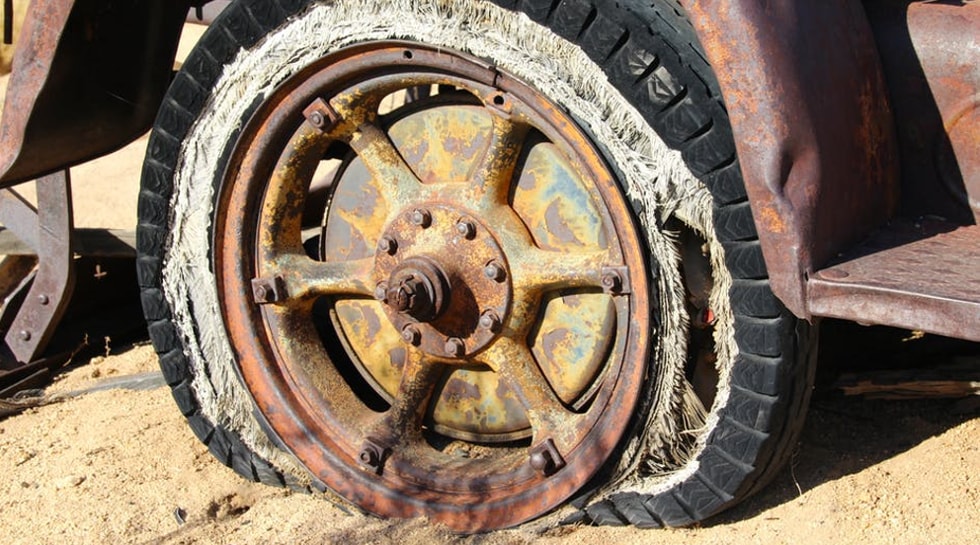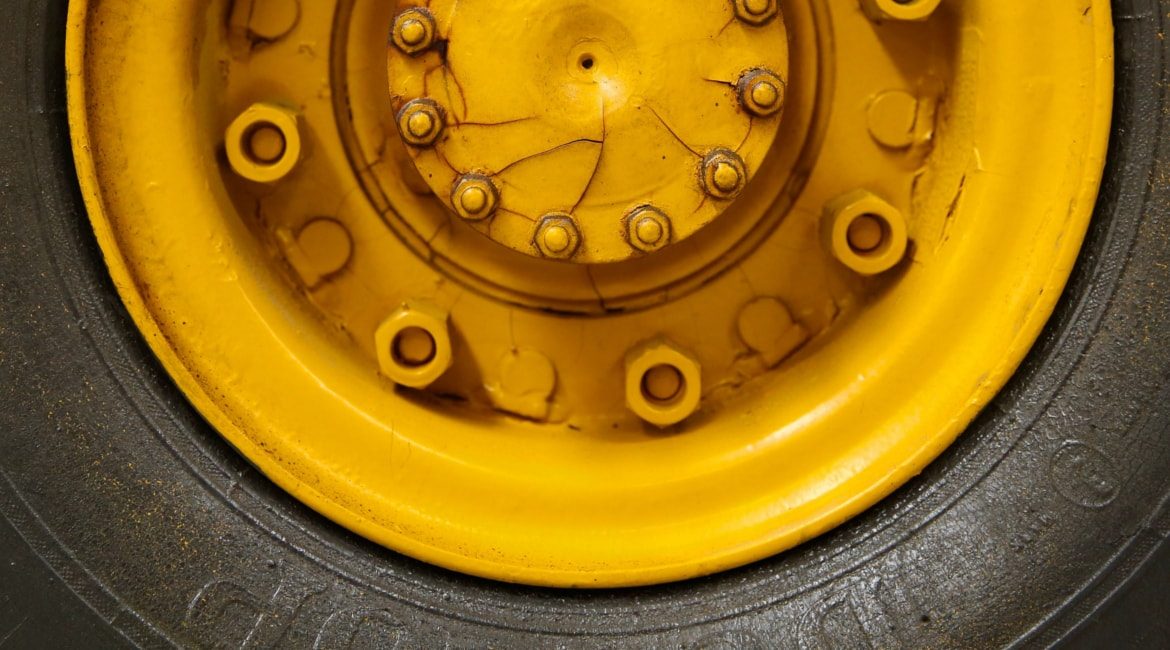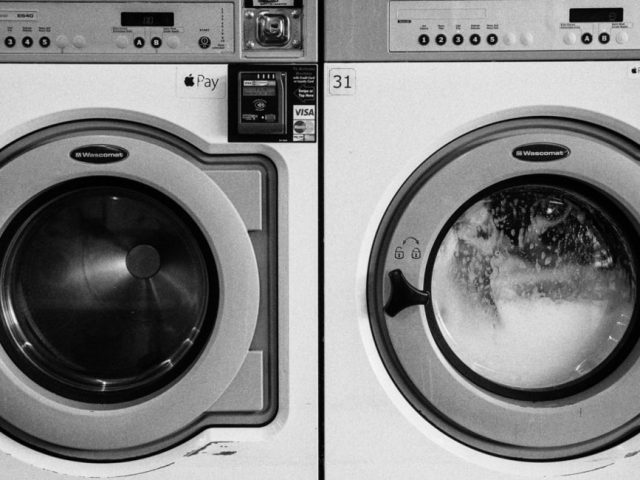If you look around our home, one of the commonest things you’ll see are wheels – wheels of all sorts. We have…let’s see… car wheels, motorcycle wheels, wheelbarrow wheels, steering wheels, bike wheels, lawn mower wheels, vacuum cleaner wheels, power-washer wheels. There are also “wheels” where we can’t see them – in watch movements, hard drives, and so on.
When you look closely, you’ll see that virtually all complex machinery uses the idea of the wheel: a disc turning on an axis, e.g. windmills, turbines, motors, pulleys, winches, transmissions – anything that rotates.
Even our planet can be perceived as a spherical wheel rotating on an axis, like a caster. The solar system – even our galaxy – have wheel-like characteristics. The great Medieval Italian poet, Dante Allegieri, saw it this way: “Heaven wheels above you, displaying to you all her eternal glories…”
And speaking of glories and Italians, car designer Enzo Ferrari, said, “I build engines and attach wheels to them.
If you think about it, you will see that if we’re to travel over land – unless we walk, or ride an animal, or hang-glide – we pretty much have to use wheels. The wheel is so essential to civilization you’d think its invention would have been mankind’s second order of business – after, say, taming fire. Some say it’s the most significant invention in human history. We all, I think, take this noble creation for granted. This, I submit, simply will not do.

The development of the wheel was a very involved and time-consuming process, as we’ll see. The earliest wheel-like device goes back to the Paleolithic era, some 15,000 to 750,000 years ago. In those days, humans placed logs beneath heavy objects in order to move them. Sometime later people constructed a platform to rest upon the log rollers, and devised a way of making the logs stay under the load, and roll in an organized way.
The next revolutionary idea – occurring many centuries later, after a copper saw was invented – was that a log could be sawn into discs. Slices of log would only be useful if some means existed to join the discs on opposite sides of the load. Thus, the idea of an axle suggested itself. The metal tools required to do this sort of precision work didn’t exist until the Bronze Age, c. 3000 B.C.
The log slices, however, were easily broken, so the next step was to mill the log into planks, then fasten them together at right angles and carve the assembly into a disc of desired diameter. Metal tools were needed also to create the hole into which the axle was to snugly fit – no simple task. Thus the trade of the wheelwright developed. The oldest wooden wheel we can examine – thought to be from a cart – was found in 2002 in the Ljubljana marshes in Slovenia.
The next big step forward – the advent of the spoked wheel – took place in Egypt in about 2000 B.C. Spokes had the effect of lightening their chariots, and increasing their speed – an obvious tactical advantage in battle. The next advance was fully a thousand years later, by the Celts; it was the development of iron rims on the wooden spoked wheels of their chariots.

Incredibly, not much changed with the wheel for almost 3000 years.The next enormous step was the invention of the pneumatic tire.
The first practical pneumatic tire was patented in 1888 by Dr. John Dunlop, a prosperous Belfast veterinarian and odd-looking duck. The main advantages of the air-filled tire over a solid rubber one are twofold: increased traction, and a softer ride.
He was motivated to do this for a personal reason: his son, Johnnie, was prone to headaches when riding his trike with solid rubber wheels. Dunlop fashioned his first air-filled tires at home out of a sheets of rubber. He put them on the two rear wheels. They worked wonderfully well, and – presto – headaches ceased to be a problem for young Johnnie. That strikes me as a lovely example of necessity being the mother of invention. The advantages of such a tire were indisputable, and Dunlop capitalized on his idea and promptly patented it. Within a few years the pneumatic bicycle tire was adopted universally.
Meanwhile, across the Channel, two brothers, Andre and Edouard Michelin, ran a rubber factory in Clermont-Ferrand, France; they had many bicyclists as customers. At that time, the pneumatic bicycle tire was normally glued to the rim of its wheel – a serious obstacle to tire repair and replacement. This type of tire, when punctured, took many hours to repair – largely because the glue had to set overnight.
By 1891 the two enterprising brothers, fed up with the above process, developed and patented a glue-less pneumatic tire that was easily removed and repaired. In that year, a bicycle fitted with their new tires won the first long-distance bike race in history, from Paris to Brest and back – a total of 1200 km. Their success in business was assured.

The first automobile wheel appeared, logically enough, on the world’s first car – the 1885 Benz Patent Motorwagen – the creation of German engineer Karl Benz. This wheel had spokes, a solid rubber tire and looked like a big bike wheel.
This car, incidentally, had three of them.
I was interested to learn that the word tire comes from the fact that it “ties” the wheel together and keeps it from flying apart.
The next few decades in Europe saw the development and evolution of pneumatic rubber automobile tires largely through the marvelous work of the Michelin company, which, incidentally, established their own rubber plantations in French Indo-China, now Vietnam. Incidentally, the radial tire which is standard equipment on all modern cars, was invented by Michelin researcher, Marius Mignol, in 1946. Great company, Michelin – I wouldn’t buy tires from anyone else.
In America, the first mass-produced car, Henry Ford’s Model T, appeared in 1908 and was a runaway hit. It originally had wooden, spoked, artillery-type wheels, and high-pressure (60psi) pneumatic tires. The next few decades saw the development of steel disc wheels which were cheap to produce, but heavy. Later came alloy wheels which were more expensive, but lighter, and dissipated heat more efficiently. You will notice many modern cars have returned to the idea of the spoke. My Volvo, for instance, has five thick spokes on each wheel.
And what of the future of the wheel? You hear people mocking the idea of “reinventing the wheel”, as if it could not possibly be improved. There are some, however, who aren’t satisfied with the status quo; many of them work, I’m glad to report, for Michelin.
In 2006, these wizards came up with something called the Tweel. (I would have spelled it Twheel). The idea is basically a circular, deformable solid rubber tread attached to the hub by flexible, shock-absorbing spokes. The “ride” of the tweel is comparable to that of regular tires. Think of it – no more “flats”… no need to carry a “spare”.

The tweel has been successfully tested in a variety of applications including automobiles, trailers, construction and agricultural equipment and, interestingly, the Segway personal mobility device. NASA plans to use the tweel on the next generation of the Lunar Rover. Ralph Dimenna, VP of Michelin Tweel Technologies, looks forward to the day the tweel is standard equipment on cars and trucks.
Many books could be written on the wonderful wheel – one of the true treasures of civilization. But for now, I hope this summary stimulates your interest in the subject. In closing, I’ll quote the great comedian Sid Cesar on the subject, “The guy who invented the first wheel, wasn’t but too smart. The guy who invented the other three was a genius.”






Facebook Comments